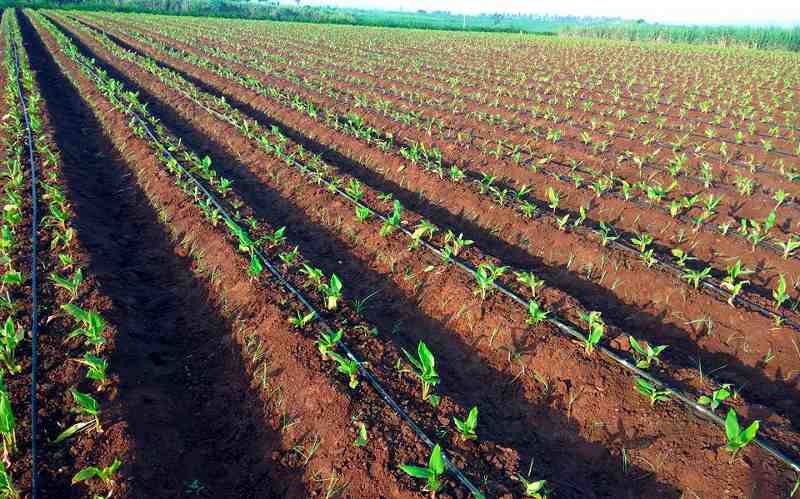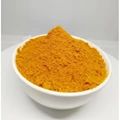
Turmeric is one of the earliest known spices to mankind with the earliest evidence of it being as old as 4000 years old. The spice is now grown all over the country with Andhra Pradesh, Assam, Karnataka, Tamil Nadu, and West Bengal being the top producers.
Climate
Turmeric thrives in areas with temperatures between 20-35 degrees celsius and warm humid climates. It can grow anywhere from mean sea level to 1500 m above sea level. It can grow at even more heights provided it is well irrigated.
Soil
Though it can grow on several soils, the most suitable for it is sandy or clay loam soils that are well irrigated whereas stony or heavy clay soils should never be used for it. The Ph of the soil should be between 4 .5 to 7 as it doesn’t grow in alkaline soil.
Seeds
The seeds preferred are rhizomes whose length should be between 4-5 cm and weight should be between 25-30 grams. The rhizomes used could be a whole or split mother.
Land
Before the seeding, the land is ploughed 3-4 times to bring it to a fine tilth. The process must be completed before the pre-monsoon rains. Immediately after the pre-monsoon showers beds should be made in the field with 1 m width, 30 cm in height should be made and 50 cm space should be given between the beds.
Planting
After the pre-monsoon showers pits are made in the field are filled with cattle manure or compost and are planted with rhizomes after which it is completely covered with soils.
Weeding
It is preferred that weeding be done three times to make sure that the crops generate maximum yield. The first weeding should be done after 2 months and then two times more with a gap of 30 days.
Diseases
The crops can be affected by several diseases for which preparation should be done.
-
Leaf Spot: This appears as a brownish tinge on the upper surface of the leaves. The spots generally increase in number and combine leaving the affected area dry. This disease can be controlled by spraying copper oxychloride or carbendazim.
-
Leaf Blight: This disease generally occur post-monsoon with patches with white centres appearing on the leaves which damage the whole leaf. Bordeaux mixture should be used to stop the disease.
-
Rhizome Rot: This is a very serious disease. It yellows the lower side of leaves after which the leaves become soft and water-soaked which leads to the collapse of the plants.

Harvesting
When the crop is ready, the leaves turn dry and become yellowish or brown. There are two ways in which they are harvested manual and mechanised. In the case of manual harvesting, the land is ploughed and with the help of tools the beds are raised and the turmeric is hand-picked whereas in mechanised harvesting in which a turmeric harvester pulls the raised beds after which they are manually collected.
Benefits
-
Curcumin is a compound present in turmeric that has high medicinal properties which not only have anti-inflammatory effects but also are rich in antioxidants. The anti-inflammatory properties help it in being effective in fending off bacteria from the bacteria. Researches have shown that inflammatory issues can lead to chronic diseases such as heart, cancer, and Alzheimer's.
-
Antioxidants help the body in fighting from free radicals. Free radicals are reactive molecules with unpaired electrons which make them react with fatty acids, DNA. Turmeric helps in boosting the antioxidants of the bodies thus helping the body in fighting age-related disease issues.
-
It is also believed that Turmeric also helps in developing brain-derived neurotrophic factor (BDNF) which is a growth hormone in brains that increases neurons in the brain thus fending off disease like Alzheimer related to loss of neurons.
-
Several studies conducted have shown that Turmeric helps combat arthritis. This is plausible as Curcumin has anti-inflammatory properties and arthritis is caused by inflammation in the joints.











